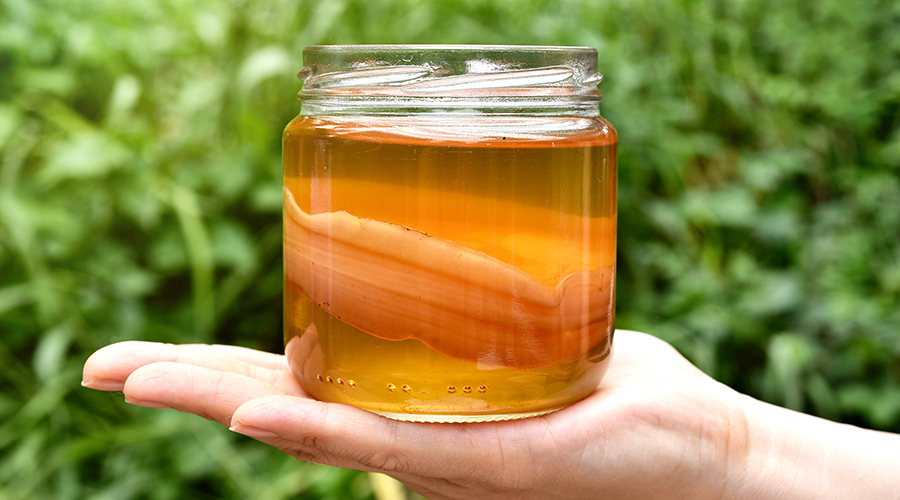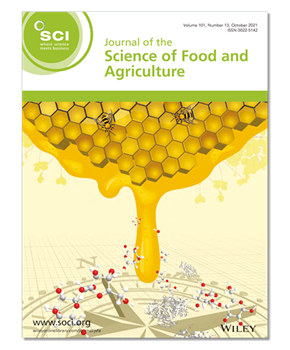Scientists at The Chinese University of Hong Kong (CUHK) have developed an edible, transparent and biodegradable material with considerable potential for application in food packaging. Lucy Wright reports.
Plastic food packaging may only be displayed on supermarket shelves for a matter of days, but once disposed of, it can persist for hundreds of years in landfill. In the face of escalating environmental concerns, researchers are looking to bio-derived alternatives – researchers like Professor To Ngai from The Chinese University of Hong Kong (CUHK).
Ngai and the team at CUHK have developed an edible, transparent and biodegradable material with considerable potential for application in food packaging. Their research is published in the SCI Journal of the Science of Food and Agriculture.
At the heart of the material is bacterial cellulose (BC) – an organic compound derived from certain types of bacteria that has garnered attention as a sustainable, easily available, and non-toxic solution to the pervasive use of plastics.
To Ngai
Department of Chemistry
CUHK
Credit: Yahoo! News
Professor Ngai explained that the impressive tensile strength and high versatility of BC are the key to its potential.
Speaking to SCI, he said, ‘Extensive research has been conducted on BC, including its use in intelligent packaging, smart films, and functionalised materials created through blending, coating, and other techniques. These studies demonstrate the potential of BC as a replacement for single-use plastic packaging materials, making it a logical starting point for our research.’
A kombucha creation
Unlike the cellulose found in the cell walls of plants, BC can be produced through microbial fermentation – in this instance, as a product of the traditional fermented tea drink kombucha – which eliminates the need for harvesting trees or crops. Ngai noted that as a result, ‘this production method does not contribute to deforestation or habitat loss, making BC a more sustainable and environmentally friendly material alternative to plant cellulose.’
What is more, the authors note that the raw materials required for the fermentation process (sugar and tea) could be replaced with waste products from the food industry, such as tea residue, reducing production cost and giving a new lease of life to food waste.
Whilst we have known that bacteria synthesise cellulose for quite some time, its potential has not been explored until much more recently. So explains Dr Koon-Yang Lee, who leads the Future Materials Group at Imperial College London.
‘Microbially synthesised cellulose, or bacterial cellulose, was discovered in 1886 but it wasn’t until early 2000s that research into designing bacterial cellulose-based composites exploded,’ Lee says.
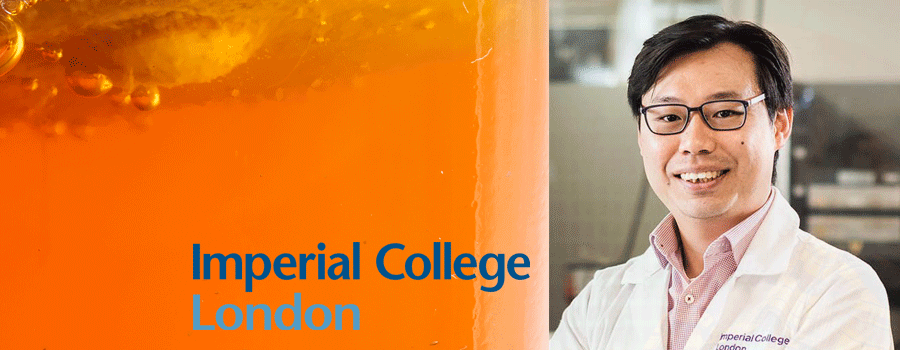
Koon-Yang Lee
Faculty of Engineering, Department of Aeronautics
Imperial College London
Credit: Imperial College London
With his research group, Lee designs cellulosic materials for various advanced engineering applications, including bacterial cellulose composites that are transparent, impact- and fracture-resistant.
Speaking to SCI, he said: ‘Bacterial cellulose is useful as the resulting film can be made transparent and thin, which cannot be easily achieved with conventional pulp.’However, Lee notes that widespread adoption of BC is limited by the cost of production.
‘Bacterial cellulose can be expensive and the production rate is low. Future research direction, specifically on bacterial cellulose-based film as an alternative to fossil-derived flexible packaging film, will have to consider how to reduce the expensive component of the technology.’
Keeping out the moisture
Another barrier to the commercialisation of BC-based packaging is its unfavourable sensitivity to moisture in the air (hygroscopicity), which detrimentally impacts its physical properties.
The researchers at CUHK have laid out a novel approach to address this limitation. By incorporating certain soy proteins into the structure and coating it with an oil-resistant composite (Alg-PEG), the scientists successfully created an edible, transparent, and robust BC-based composite packaging.
‘Soy protein isolate can act as an additional polymer that can interpenetrate with the bacterial cellulose, resulting in a stronger and tougher network that enhances the material's strength. Recent research has shown that adding a significant amount of soy protein isolate can improve the mechanical properties of bacterial cellulose.’ explained Ngai.
‘Additionally, when coated with Alg-PEG, the tensile strength of the composite film decreases, but it provides the film with complete oil resistance properties. This coating approach further increases the potential applications of the bacterial cellulose composite material, particularly in industries that require oil-resistant packaging materials.’
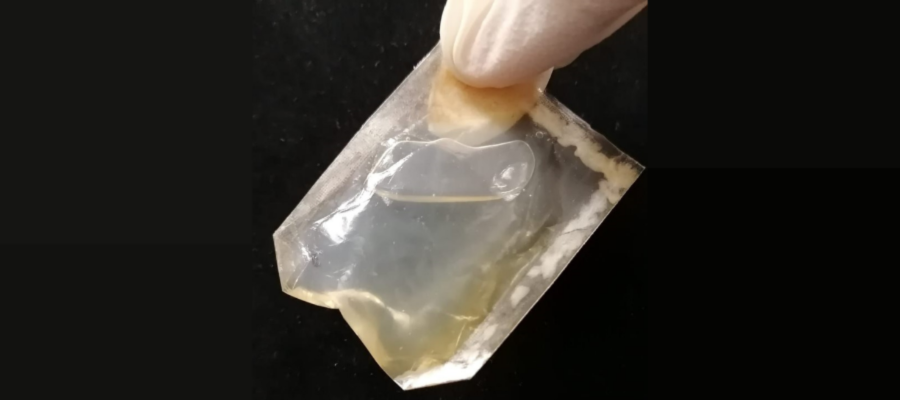
By incorporating soy protein into the structure and coating it with an oil-resistant composite, the CUHK team successfully created an edible, transparent, and robust BC-based composite packaging.
Ngai noted that this approach has a high feasibility for scale-up. ‘It does not require specific reaction conditions like chemical reactions, but rather a simple and practical method with mixing and coating, which could reduce the production cost as well’ he said.
‘This approach offers a promising solution to the challenge of developing sustainable and environmentally friendly packaging materials that can replace single-use plastics on a large scale.’
The study demonstrated that the plastic alternative could be completely degraded within one-to-two months. Unlike other bio-derived plastics such as polylactic acid, the BC-based composite does not require specific industrial composting conditions to degrade.
Ngai explained, ‘The material developed in this research is completely edible, making it safe for turtles and other sea animals to consume without causing aquatic toxicity in the ocean.’
‘From conceptualisation of a novel food packaging alternative, to characterisation and quality assurance, this study promotes excellence in packaging performance and demonstrates the much needed capability to inform and guide the next generation of green packaging materials,’ commended Dr Keeran Ward, a lecturer at the School of Chemical and Process Engineering, University of Leeds.
Keeran Ward
School of Chemical and Process Engineering
University of Leeds
Credit: University of Leeds
His research considers fundamental techniques across both natural sciences and engineering to produce new, scalable and sustainable products, including packaging, from viable value chains.
Speaking to SCI, he said: ‘With the growing need to consider climate-smart, greener, bio-based alternatives to traditional packaging, the work outlined here serves as a solid foundation to accelerate innovation and engineering within the current state-of-the art.’
Withstanding the heat
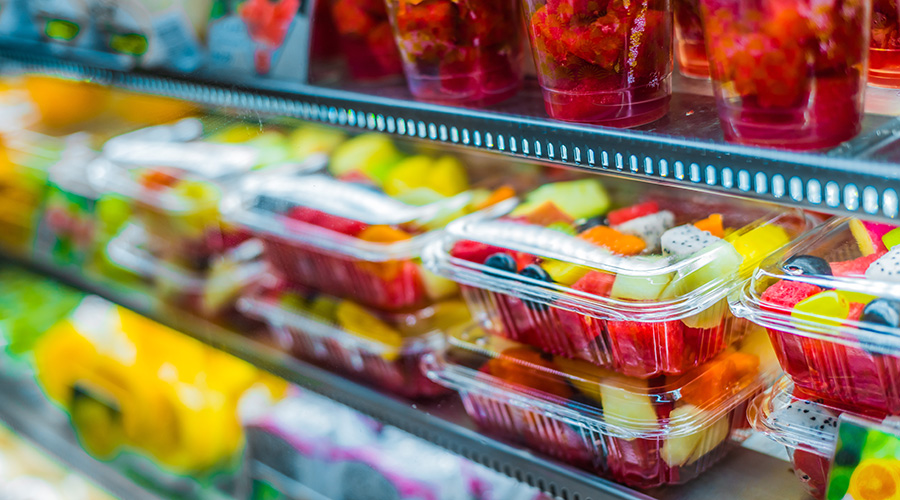
By improving the properties of bacterial cellulose films, Ngai and the team at CUHK hope to tackle the issue of wall-to-wall single-use plastics on supermarket shelves.
Ngai and the team at CUHK are now exploring the directions for future research. They hope to enhance the versatility of modified BC films, making them suitable for a wider range of applications. Specifically, they are focused on developing a thermosetting glue that can create strong bonds between bacterial cellulose, allowing it to be easily moulded into various shapes when heated.
‘One of the main challenges with bacterial cellulose films is that they are not thermoplastic, which limits their potential for use in certain applications. By addressing this issue, we hope to make bacterial cellulose films more competitive with traditional plastics while maintaining their eco-friendliness,’ explained Ngai.
The heavy reliance on petrochemicals and inherent non-biodegradability of plastic packaging mean it has long been a significant contributor to environmental contamination. Ngai hopes that the current study will help to combat the excessive use of single-use plastics.
‘This research serves as a reminder that natural raw materials may already possess the necessary characteristics to perform beyond the functions of plastic packaging.’
Edible, strong, and low-hygroscopic bacterial cellulose derived from biosynthesis and physical modification for food packaging
Ka Man Cheung, Zhuolun Jiang, To Ngai
To read and cite the full paper, please visit:
https://doi.org/10.1002/jsfa.12758
First published: 31 May 2023


